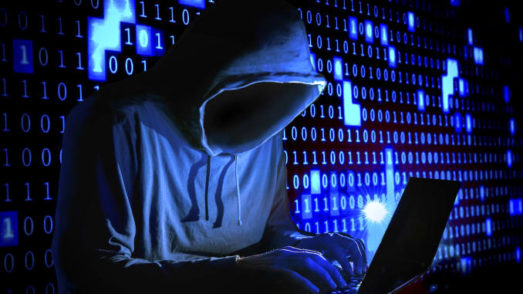Gmail hackers: why MFA is central to securing your accounts
Today we’ll be examining the security issues that Google (more specifically Gmail) have faced over the past few months. As a renowned multinational...
2 min read
FitzroviaMarketing : May 12, 2021 1:51:22 PM
It’s been over a year since COVID-19 forced many of us into remote working. And with a recent Gartner survey revealing 90% of HR leaders plan to allow ongoing remote work. It seems that long past COVID-19, hybrid workplaces are here to stay.
Since last year, cyber-attacks have continued to target the at-home workforce. Leaving important considerations for businesses surrounding user and information protection at scale. That’s why we’re continuing to explore the vulnerabilities that come from remote working.
This week, we explore the simplest form of protection to secure remote workflows. Multi-factor authentication (MFA). A tool that can block up to 99.9% of cyber attacks (source: Microsoft). MFA is the simplest way a business can protect users and data against attack. To answer your questions, this week we’re diving into all things authentication.
Authentication comes in many forms. With each of us using at least single-factor authentication on a daily basis.
SFA, 2FA and MFA help identify the amount of authentication required to log in.
Single Factor Authentication (SFA) is the simplest form of authentication. SFA requires one form of authentication, most often a password. SFA provides the least protection and often compromises other accounts with similar passwords.
Two-Factor Authentication (2FA) is a subset of MFA. Two-factor authentication introduces extra authentication to the username and password combination. Oftentimes by utilising something the individual owns or has access to. Such as a One-Time Password (OTP) or authenticator app.
Multi-Factor Authentication (MFA) refers to any authentication using more than a password. For advanced security setups, MFA can call on many factors, such as:
The answer is simple, the more authentication used lowers the risk of cyber attack. An infinite suite of tools allow hackers to easily guess the types of passwords that humans set. Meaning that it’s only a matter of time before a hacker will guess MyPetRoofu$1234.
So, here’s why you should use at least one form of multi-factor authentication in your business:
MFA is one of the easiest ways an organisation can protect itself, its users and its data. By requiring extra authentication, you can eliminate unauthorised eyes from seeing sensitive data.
Often times cyberattacks are complex and have many moving parts. A phishing attack may often lay the groundwork for fraudulent access to critical systems. By enabling 2FA or MFA, hackers will no longer be able to access and compromise the data associated with the stolen credentials.
MFA can often allow businesses to reassess existing, and outdated, security measures. Allowing end-users the opportunity to access systems more flexibly.
Many authentication tools can alert administrators or moderators of multiple unsuccessful login attempts. And better yet, they can often block accounts that are suspected of breach. A benefit of MFA is in the way it ties in to overall security strategies and policies.
Oftentimes, many modern applications now offer, or even require, multi-factor authentication. To enable, simply navigate to security settings to look for 2FA or MFA setting.
Or to adopt a widescale MFA strategy, consider consulting our cybersecurity specialists – who can advise on the best strategy bespoke to your business needs and budgets. To learn more, visit Cybersecurity services that protect your business from attack. | Fitzrovia IT

Today we’ll be examining the security issues that Google (more specifically Gmail) have faced over the past few months. As a renowned multinational...

As the year winds down, many small businesses prepare to close their doors for a well-deserved break. However, this downtime can leave IT systems...
 Read More
Read More